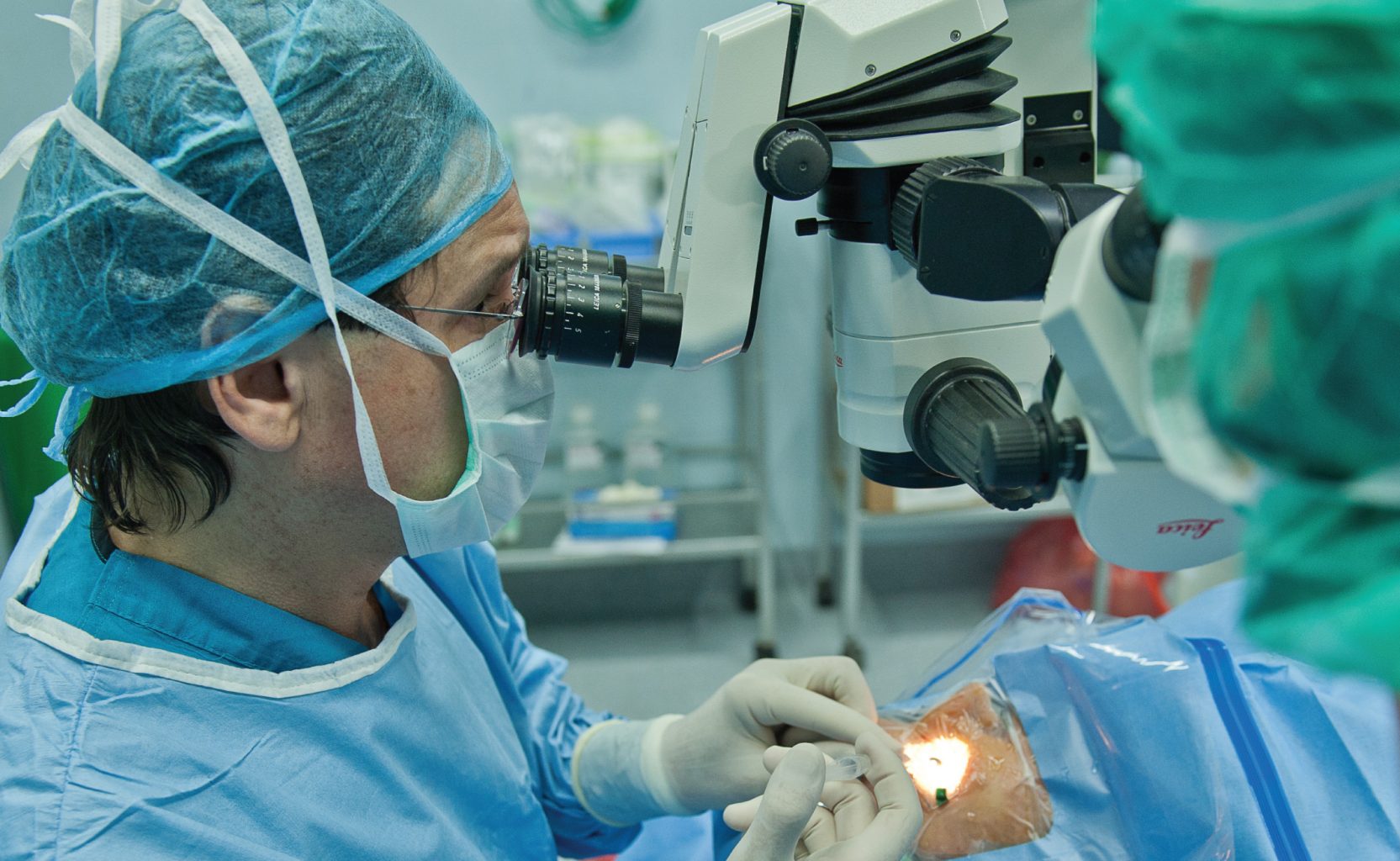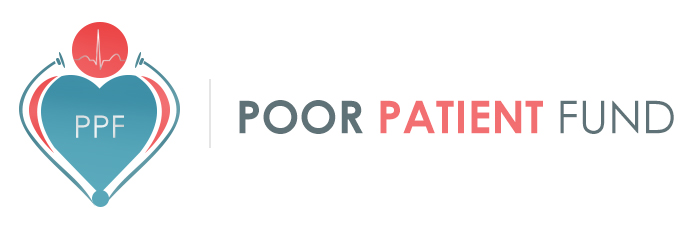
Cataracts
- Posted Category : Articles
- 25 May 2018
A cataract is a clouding of the normally clear lens of your eye.
For people who have cataracts, seeing through cloudy lenses is a bit like looking through a frosty or fogged-up window,Clouded vision caused by cataracts can make it more difficult to read, drive a car (especially at night) or see the expression on a friend's face.
Most cataracts develop slowly and do not disturb your eyesight early on. However, with time, cataracts will eventually interfere with your vision.
At first, stronger lighting and eyeglasses can help you deal with cataracts. However, if impaired vision interferes with your usual activities, you might need cataract surgery. Fortunately, cataract surgery is generally a safe, effective procedure.
Symptoms
Signs and symptoms of cataracts include:
- Clouded, blurred or dim vision
- Increasing difficulty with vision at night
- Sensitivity to light and glare
- Need for brighter light for reading and other activities
- Seeing "halos" around lights
- Frequent changes in eyeglass or contact lens prescription
- Fading or yellowing of colours
- Double vision in a single eye
At first, the cloudiness in your vision caused by a cataract may affect only a small part of the eye's lens and you may be unaware of any vision loss. As the cataract grows larger, it clouds more of your lens and distorts the light passing through the lens. This may lead to more noticeable symptoms.
Causes
Most cataracts develop when aging or injury changes the tissue that makes up your eye's lens.
Some inherited genetic disorders that cause other health problems can increase your risk of cataracts. Cataracts can also be caused by other eye conditions, past eye surgery or medical conditions such as diabetes. Long-term use of steroid medications, too, can cause cataracts to develop.
How a cataract forms?
The lens, where cataracts form, is positioned behind the collared part of your eye (iris). The lens focuses light that passes into your eye, producing clear, sharp images on the retina — the light-sensitive membrane in the eye that functions like the film in a camera.
As you age, the lenses in your eyes become less flexible, less transparent and thicker. Age-related and other medical conditions cause tissues within the lens to break down and clump together, clouding small areas within the lens.
As the cataract continues to develop, the clouding becomes denser and involves a bigger part of the lens. A cataract scatters and blocks the light as it passes through the lens, preventing a sharply defined image from reaching your retina. As a result, your vision becomes blurred.
Cataracts generally develop in both eyes, but not evenly. The cataract in one eye may be more advanced than the other, causing a difference in vision between eyes.
Types of cataracts
Cataract types include:
Cataracts affecting the centre of the lens (nuclear cataracts). A nuclear cataract may at first cause more near-sightedness or even a temporary improvement in your reading vision. However, with time, the lens gradually turns more densely yellow and further clouds your vision.
As the cataract slowly progresses, the lens may even turn brown. Advanced yellowing or browning of the lens can lead to difficulty distinguishing between shades of colour.
Cataracts that affect the edges of the lens (cortical cataracts). A cortical cataract begins as whitish, wedge-shaped opacities or streaks on the outer edge of the lens cortex. As it slowly progresses, the streaks extend to the centre and interfere with light passing through the centre of the lens.
Cataracts that affect the back of the lens (posterior subcapsular cataracts). A posterior subcapsular cataract starts as a small, opaque area that usually forms near the back of the lens, right in the path of light. A posterior subcapsular cataract often interferes with your reading vision, reduces your vision in bright light, and causes glare or halos around lights at night. These types of cataracts tend to progress faster than other types do.
Cataracts you are born with (congenital cataracts). Some people are born with cataracts or develop them during childhood. These cataracts may be genetic, or associated with an intrauterine infection or trauma. These cataracts also may be due to certain conditions, such as myotonic dystrophy, galactosemia, neurofibromatosis type 2 or rubella. Congenital cataracts do not always affect vision, but if they do, they are usually removed soon after detection.
Risk factors
Factors that increase your risk of cataracts include:
- Increasing age
- Diabetes
- Excessive exposure to sunlight
- Smoking
- Obesity
- High blood pressure
- Previous eye injury or inflammation
- Previous eye surgery
- Prolonged use of corticosteroid medications
- Drinking excessive amounts of alcohol
Prevention
No studies have proved how to prevent cataracts or slow the progression of cataracts. However, doctors think several strategies may be helpful, including:
Have regular eye examinations. Eye examinations can help detect cataracts and other eye problems at their earliest stages. Ask your doctor how often you should have an eye examination.
Quit smoking. Ask your doctor for suggestions about how to stop smoking. Medications, counselling and other strategies are available to help you.
Manage other health problems. Follow your treatment plan if you have diabetes or other medical conditions that can increase your risk of cataracts.
Choose a healthy diet that includes plenty of fruits and vegetables. Adding a variety of colourful fruits and vegetables to your diet ensures that you are getting many vitamins and nutrients. Fruits and vegetables have many antioxidants, which help maintain the health of your eyes.
Wear sunglasses. Ultraviolet light from the sun may contribute to the development of cataracts. Wear sunglasses that block ultraviolet B (UVB) rays when you are outdoors.
Reduce alcohol use. Excessive alcohol use can increase the risk of cataracts.
What happens during cataract surgery?
Cataract surgery involves removing the clouded lens and replacing it with a clear artificial lens. The artificial lens, called an intraocular lens, is positioned in the same place as your natural lens. It remains a permanent part of your eye.
For some people, other eye problems prohibit the use of an artificial lens. In these situations, once the cataract is removed, vision may be corrected with eyeglasses or contact lenses.
Cataract surgery is generally done on an outpatient basis, which means you will not need to stay in a hospital after the surgery. During cataract surgery, your eye doctor uses local anaesthetic to numb the area around your eye, but you usually stay awake during the procedure.
Cataract surgery is generally safe, but it carries a risk of infection and bleeding. Cataract surgery increases the risk of retinal detachment.
After the procedure, you will have some discomfort for a few days. Healing generally occurs within eight weeks.
If you need cataract surgery in both eyes, your doctor will schedule surgery to remove the cataract in the second eye after you have healed from the first surgery.
Due to Gaza’s hospitals suffering a severe shortage of medication and consumables as a result of the siege, Gaza’s Health Ministry has delayed all non-urgent surgical operations, such as cataract surgery.
Help PIMA to assist poor patients to have their operations performed and to avoid unnecessary complications, by funding the cost of these operations and the consumables required.
Banking Details are as follows:
Bank Name: First National Bank
Account Name: Partners International Medical Aid
Account Number: 62257552804
Swift Code: FIRNZAJJ
Mayo Clinic
All opinions and comments displayed do not necessarily represent the official opinion of the website, but they represent the view of the writer
